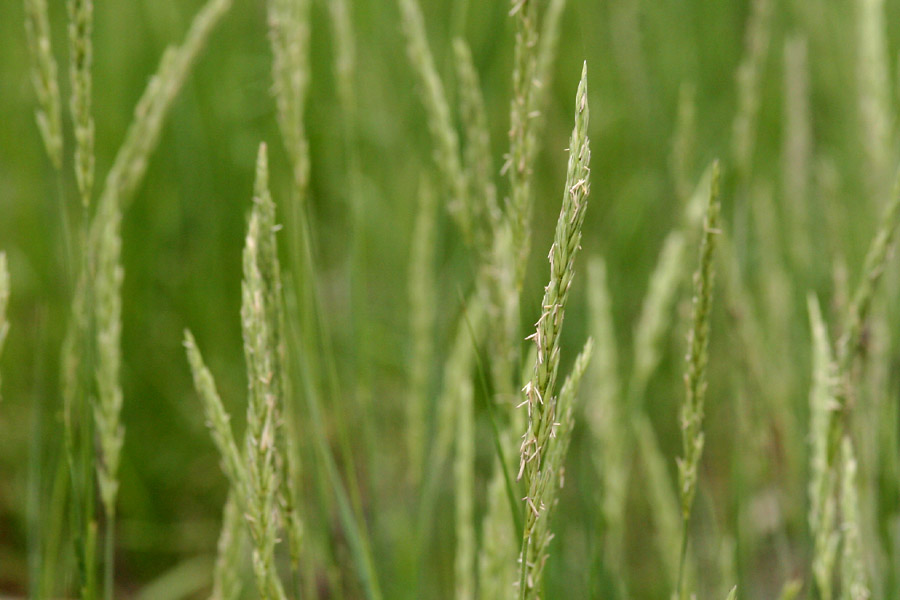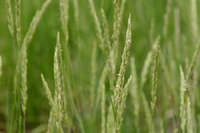Plants perennial; cespitose, forming dense to loose clumps, sometimes stoloniferous, sometimes rhizomatous. Culms 15-120 cm, erect or decumbent. Basal sheaths closed, becoming somewhat fibrillose; ligules 0.2-0.3 mm, membranous; auricles sometimes present. Inflorescences spikes; disarticulation at the rachis nodes above the spikelets. Spikelets sessile, 2-3 per node, with 1-2(3) florets, often with additional reduced florets distally. Glumes (including awns) equal to unequal, (3.5)4.2-48.5(65) mm, subulate, scabrous to pubescent, obscurely 1-veined, not united; lemmas 5.5-14.3 mm, narrowly elliptic, rounded, glabrous or pubescent, 5-7-veined, veins often prominent apically, apices sharply acute to awned, sometimes with a minute tooth on either side of the awn base, awns (0.9)1.4-34 mm, ascending to slightly divergent, sometimes with a violet tinge; paleas equaling or slightly longer than the lemmas, membranous, scabrous to pilose on and sometimes between the keels, bifid; anthers 3, 3-6.8(7) mm, yellow or violet; lodicules 2, acute, entire, ciliate. Caryopses pubescent apically, tightly enclosed by the lemmas and paleas at maturity. x = 7. Name from the Greek psathyros, fragile, and stachys, spike.




